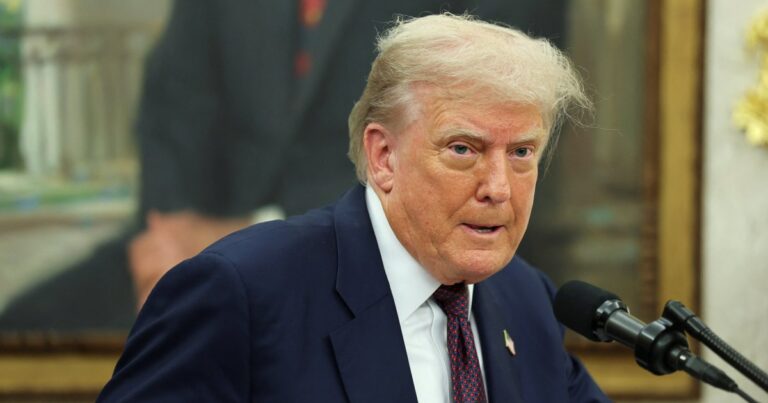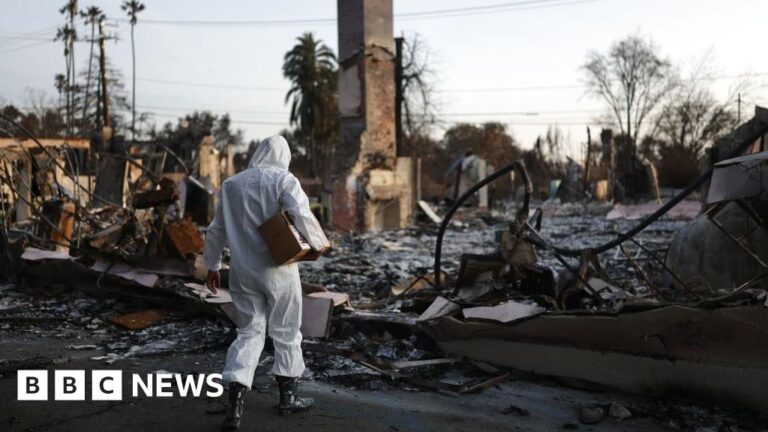Good morning. Everyone is talking about AI. Earlier this week, we hosted a dinner with 17 CFOs from some of the world’s largest companies, where they talked about how they’re now using AI in their jobs. Some are using it to highlight how different words are likely to impact sentiment on earnings calls, based on historical data. Many use it to create scenarios around earnings projections against the vagaries of tariffs, policy shifts, technology investments and more. They’re creating hyper-personalized data sets and go-to-market strategies that not only use AI agents but tailor interactions to customers’ AI agents. I also learned about their strategies for embedding AI knowledge throughout their organizations, from top-down learning to metrics for getting promoted into the senior ranks. And while most are not yet cutting jobs in response to AI, they’re also not adding to their overall headcount.
The dinner, sponsored by Deloitte and ServiceNow, was conducted under the Chatham House rule to encourage conversation by sharing highlights anonymously. But during my on-the-record chat with economist Rebecca Patterson, a senior fellow at the Council on Foreign Relations and former chief investment strategist at Bridgewater Associates, we heard about the impact of a shift in fiscal policy. “It’s not just the fact that Congress ignored the Congressional Budget Office and historical norms in enacting the reconciliation bill,” she noted. “It’s also the size of the increase to future deficits at a time when the economy has been growing above its long-term potential. I thought we would see some fiscal hawks push back more and water down the ultimate bill, or that there would be a longer fight. I was wrong.”
Patterson also said she expects policies under the Trump Administration to “lean towards” structurally higher inflation. And she talked about the continued strength of the U.S. relative to other economies and the transformative impact of AI.
Insights from leaders on the front lines are critical in shaping the themes of this column and underscore the unique role that Fortune plays in convening and creating connections. Next up is Brainstorm Tech, which Andrew Nusca will lead on Sept. 8 to 10 in Park City, Utah. One Strategy Group CEO David Meadvin told me yesterday that “there’s nowhere better for genuine relationship building.” I believe him. I’ll be going there to moderate some conversations and cohost a dinner for CEO Initiative members with Qualtrics CEO Zig Serafin. If you’d like to join us at Brainstorm Tech, you can apply here.
Top news
Trump’s tariffs are now in effect
Americans must now pay steep taxes if they want to import from countries like Syria (41%), Laos and Myanmar (40%) or Switzerland (39%). Swiss President Karin Keller-Sutter failed to change the White House’s mind over the last few days even though it remains unclear why Switzerland was singled out for such a harsh rate. Quote of the day: “We are now in a new world. Even to trade nerds, the complexity of this is just bonkers,” Chad Bown, of the Peterson Institute for International Economics, told the FT.
100% tariff on semiconductor chips
The president said he would double the price of imported computer chips but not for companies that are “building in the United States.” Few other details are available.
Apple pledges $600 billion U.S. investment
In an amazing coincidence, the iPhone maker yesterday said it would add $100 billion to its existing domestic “manufacturing” commitments and add 20,000 jobs to its payroll. Apple stock was up 4% on the news.
Palantir’s rise, explained
Palantir’s blowout earnings on Tuesday capped a 555% year-over-year stock surge, raising the defense-tech company’s market cap to over $400 billion. Here’s how the Alex Karp-led company became one of the 25 most valuable companies in the world.
AI will destroy jobs, ex-Google exec says
Google X’s former chief business officer Mo Gawdat says the notion AI will create jobs is “100% crap,” and even warns that “incompetent CEOs” are on the chopping block. The tech guru predicts that AGI will be better at everything than most humans. Only the best workers in their fields will keep their jobs “for a while,” and even “evil” government leaders might be replaced by the robots, he said.
Microsoft raids Google’s AI ranks
Mustafa Suleyman, one of the founders of Google’s DeepMind, who is now head of Microsoft AI, is raiding his old company for talent, calling them personally on the phone with the promise that life at Microsoft has more of a startup vibe than Google does. He has poached two dozen Googlers with compensation that far exceed those paid at DeepMind.
Trump favors meeting with Putin to end Ukraine war
The president told European leaders and U.S. reporters yesterday that he was open to meeting Putin soon to get a ceasefire in Ukraine. But he also sounded sceptical about Putin’s motives, saying he had “been disappointed before with this one.” White House spokesperson Karoline Leavitt said Trump was “open to meeting with both President Putin and President Zelensky” and “wants this brutal war to end.”
Disney earnings and NFL deal
Disney posted solid earnings on Wednesday, just a day after announcing that Disney’s ESPN sports network is acquiring major NFL media assets in exchange for a 10% equity stake in ESPN. The company raised its full-year guidance for fiscal 2025 and now believes it will finish the year with an 18% year-over-year gain in adjusted earnings.
The markets
S&P 500 futures were up 0.48% this morning, premarket, after the index closed up 0.73% yesterday. STOXX Europe 600 was up 0.5% in early trading. The U.K.’s FTSE 100 was down 0.33% in early trading. Japan’s Nikkei 225 was up 0.65%. China’s CSI 300 was flat. The South Korea KOSPI was up 0.92%. India’s Nifty 50 was down 0.48%. Bitcoin rose to $114.9K.
Around the watercooler
A bright spot for Tesla shareholders: Under Elon Musk’s new $27 billion comp package, their fate is now intertwined with his by Shawn Tully
Millennials lead the ‘coffee badging’ revolt to protest return to office as businesses push to fill empty seats by Nick Lichtenberg
Meta contractors say they can see Facebook users sharing private information with their AI chatbots by Dave Smith
Goldman Sachs economist warns Gen Z tech workers are first on the chopping block as AI shows signs of shaking up the labor market by Sasha Rogelberg
CEO Daily is compiled and edited by Joey Abrams and Jim Edwards.












